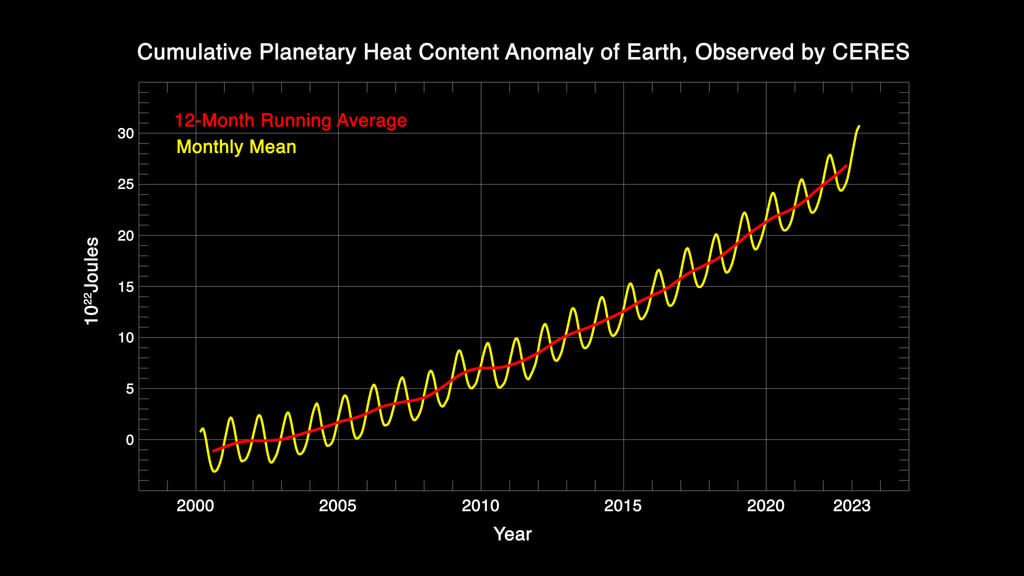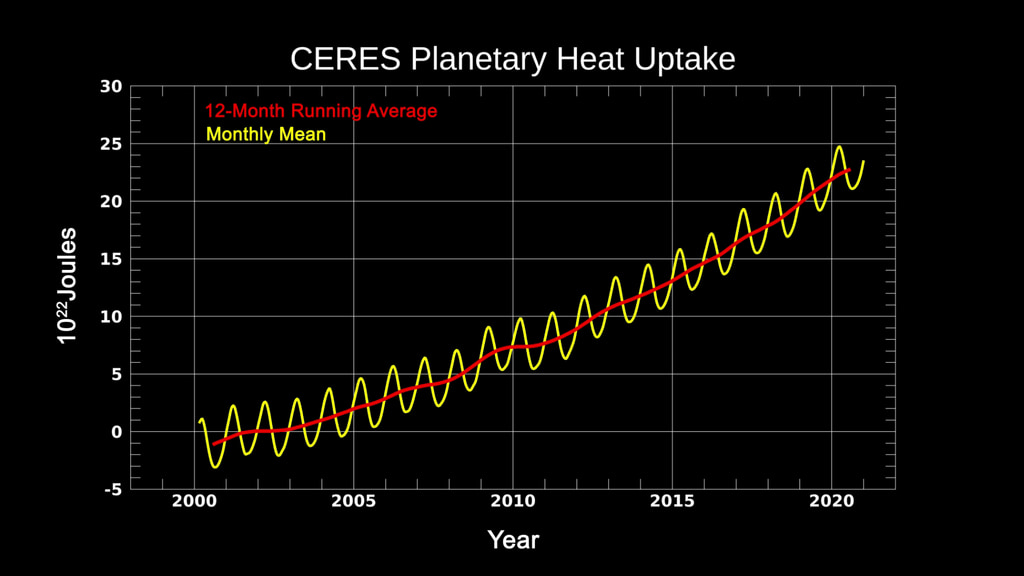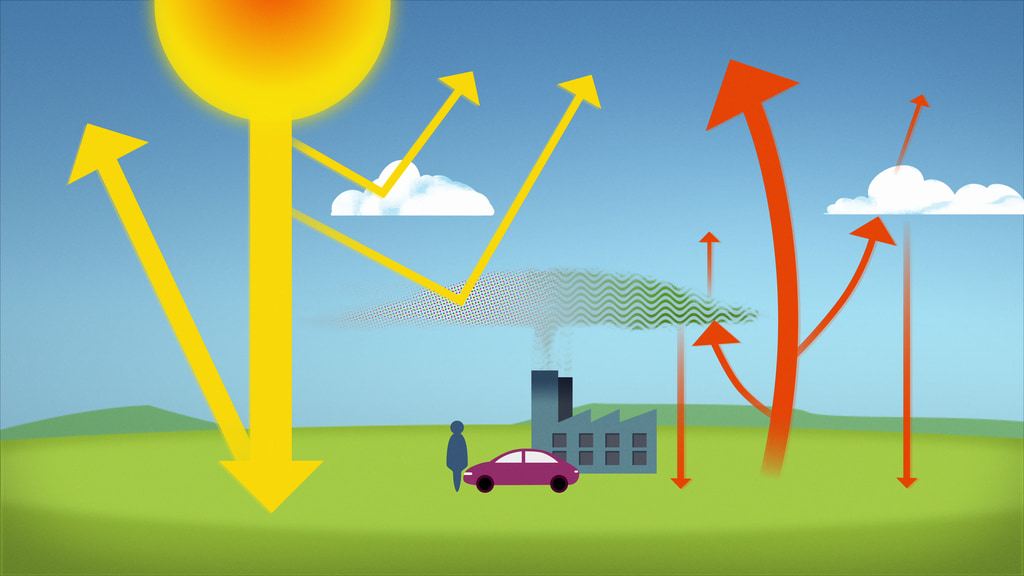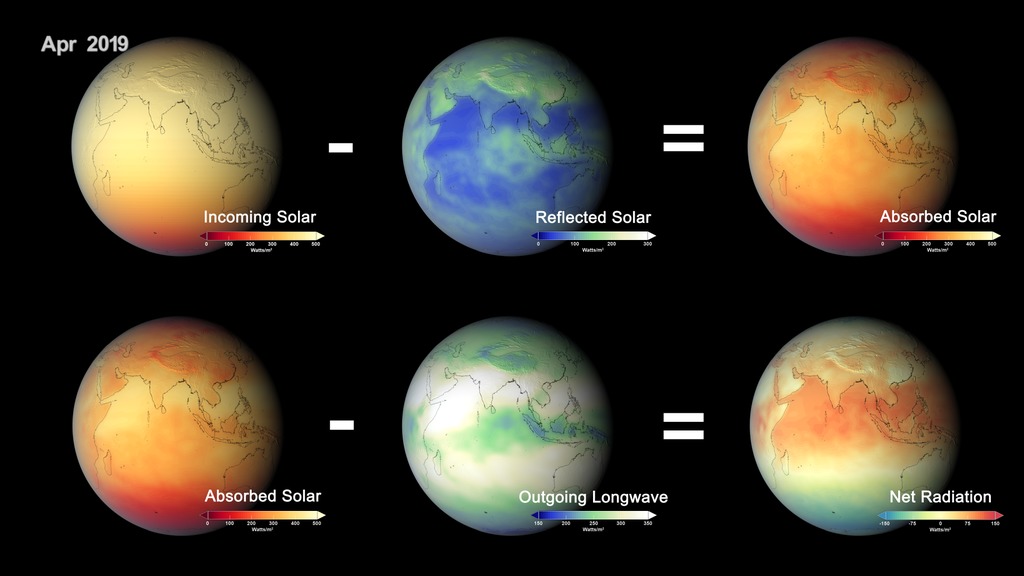Clouds 101
Complete transcript available.
Music credit: “Big Found” “Emerging Mystery” “Busy Day” from Universal Production Music.
Clouds can tell us a lot about what weather we might expect to see, but they’re actually quite mysterious. The question is: Because clouds are produced by the climate, how will a changing climate impact clouds? And, conversely, clouds have an impact on our climate, so how will changing clouds affect a changing climate? Welcome to Clouds 101.
Credits
Please give credit for this item to:
NASA's Goddard Space Flight Center
-
Scientist
- Norman Loeb (NASA/LRC)
-
Animator
- Jenny McElligott (Advocates in Manpower Management, Inc.)
-
Producer
- Kathleen Gaeta Greer (NASA/GSFC/AMA)
-
Writer
- Kathleen Gaeta Greer (NASA/GSFC/AMA)
Missions
This page is related to the following missions:Series
This page can be found in the following series:Release date
This page was originally published on Monday, October 31, 2022.
This page was last updated on Monday, October 23, 2023 at 10:30 AM EDT.




